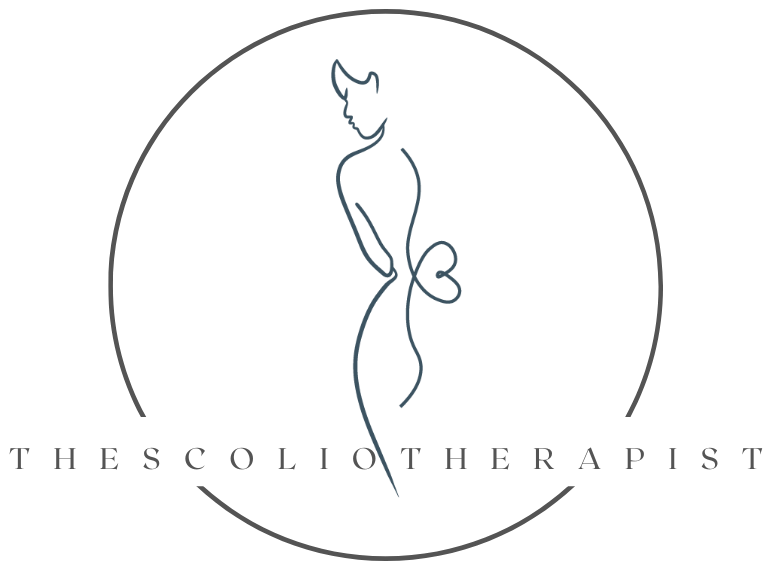Are you breathing in a way that is reinforcing your scoliosis or countering it?
I had a discovery call the other week with a woman who said she was experiencing some issues with her blood pressure. Our conversation led us down a path to the possibility of her blood pressure issues being related to her scoliosis.
Sounds a little crazy, right?
Did you know that within the medical community standard parameters for measurements of health are being changed? It’s true! The ranges that are considered a “healthy” range are changing to accommodate for our nation becoming progressively less healthy.
For instance, resting respiratory range has gone from: 10-16 breaths per minute and now is: 12-20 breaths per minute.
Why should this matter to us?
Our respiration has an impact on our blood chemistry. If we are breathing at a faster rate it causes a low level of carbon dioxide in your blood. This can cause other symptoms including:
feeling lightheaded, dizzy, weak, or not being able to think straight
feeling like you can’t catch your breath
chest pain or fast and pounded heartbeat
belching or bloating
dry mouth
problems sleeping
numbness and tingling in arms and around the mouth
Also, the misshapen ribcage that accompanies scoliosis has an impact on lung capacity and, you guessed it, your respiratory rate. The tendency is breathing at a faster rate with scoliosis which causes us to be in a near constant state of hyperventilation. As a result, our baseline anxiety elevates.
Why is breathing so important for scoliosis treatment?
We breath 17-20,000 times a day. You could have the BEST scoliosis exercise program in the world, but if you don't do anything to address your breathing, you are missing a huge peice of the puzzle. You're either breathing in a way that is feeding your curve or countering your curve.
That's why breathing is one of the main focuses in scoliosis treatment. Directional breathing to be exact. By directing our breath in a particular direction, we have the ability to pop-out and expand the flattened portions of our ribcage. Unlike the rest of the spine, our ribcage is made of a malleable cartilage material that can be reshaped over time and with repetition.
As the ribcage expands into a more symmetrical shape it allows the lung capacity to increase. Then our respiratory rate also decreases and so does baseline anxiety! It is really cool to see how my clients begin treatment with me tentative and anxious to later being relaxed and collected.
Try out this breathing exercise:
Time for 1 minute and see how many breaths you take. Write down that number.
Now bring hands to either side of ribcage and notice how ribs expand into sides of your hands. Is it symmetrical?
Now bring one hand to belly the other to chest and notice if they expand symmetrically.
Cup sides of ribcage and find flattened areas. Try to inhale for count of 4 and exhale for count of 4 and expand your flattened areas of your ribcage.
Are you interested in learning how to breathe specifically to help your scoliosis? Click here to schedule a FREE discovery call to see if it would be a good fit to work together on your scoliosis.
